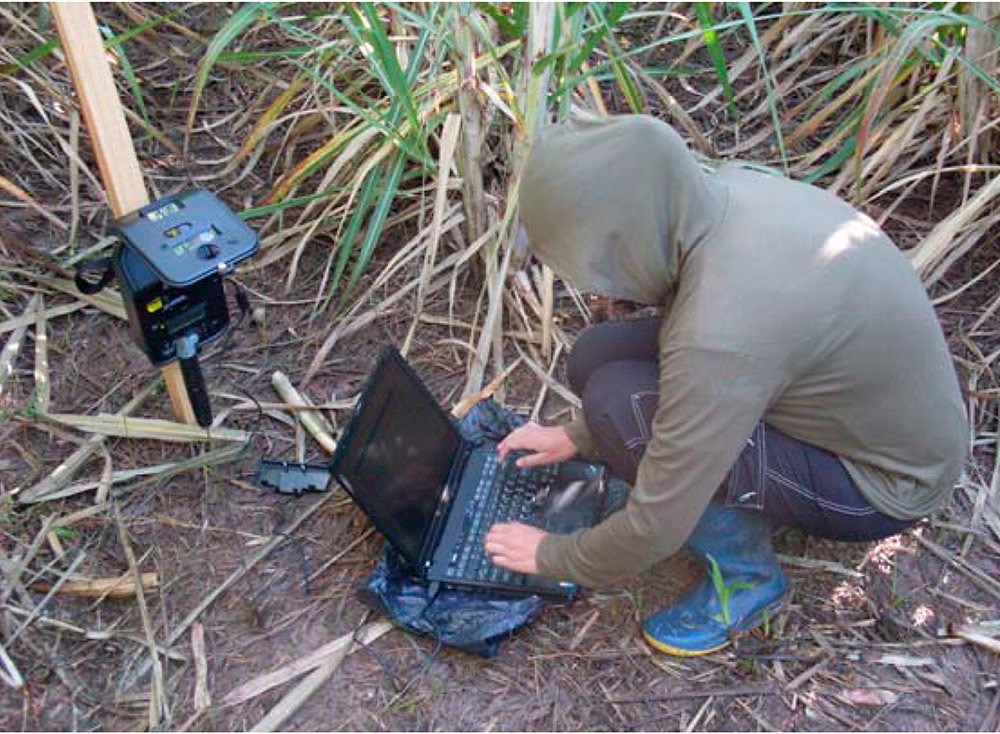

Monitoring is the sustained study of certain environmental indicators (flora, fauna, water resources, etc.) in order to establish a baseline that facilitates tracking the behavior of the environment in relation to the production systems. This information allows for implementing improvement measures in aspects related to land management while strengthening positive actions and mitigating, through corrective actions, components that may be unfavorable in the production-natural environment relationship.
Having a technical team nearby, with technical capacities to generate reliable monitoring and surveys. Also, the presence of certain “emblematic” species that generate empathy on the part of the property owners.
1- Monitoring mammals with camera traps plays a key role in developing empathy, on the part of producers, towards species that inhabit their territory.
2- Biodiversity monitoring cannot be an end in itself. It has to help solve a problem, it has to serve to change a reality, and for that it is very important to establish a baseline with sufficient data. Undoubtedly, monitoring is particularly useful to evaluate the efficiency of corrective measures in specific situations. One example is the evaluation and search for a favorable solution to irrigation channels.